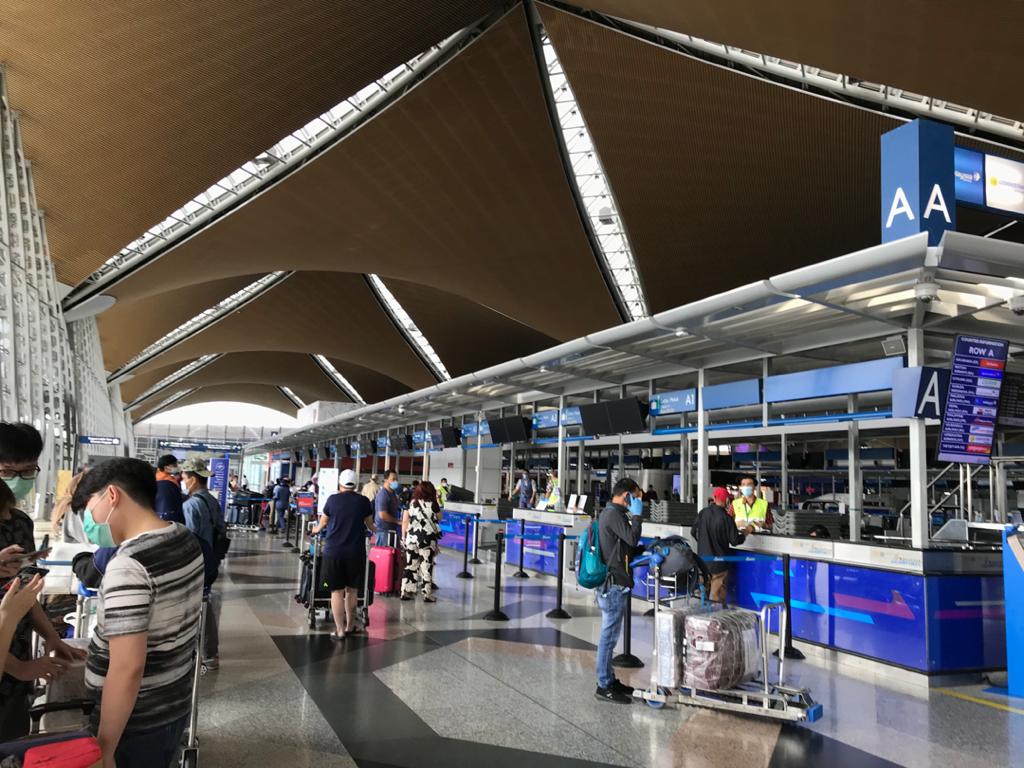KUALA LUMPUR, Feb 5 — The Malaysia Healthcare Travel Council (MHTC) has projected that Malaysia’s medical tourism revenue this year will only reach half of 2019 earnings.
Besides Covid-19 vaccine availability, the reopening of international borders, when it is safe to travel, is expected to pave the way to increase medical tourists in Malaysia, MHTC told CodeBlue in an interview after the launch of its insighT2020 forum last year.
MHTC also said that the decrease of medical tourism revenue in 2020 was mostly caused by closed borders and stricter standard operating procedures (SOP). However, MHTC aims for RM800 million medical tourism earnings this year, and RM1 billion by 2022.
MHTC projected RM500 million revenue in 2020, which was 70 to 75 per cent less than in 2019. In 2019, MHTC recorded RM1.7 billion in health tourism revenue.
“Our current target for 2021 is to earn RM800 million in revenue, based on our expectation of some reopening of borders by the second half of next year and our amplification of marketing and promotions to our base markets,” said Sherene Azli, the then-MHTC CEO.
“We expect the health care travel market to be smaller in 2020 and 2021.”
The Covid-19 epidemic has significantly worsened since the start of the year, with 118,473 coronavirus infections reported in just 35 days. Malaysia’s Covid-19 vaccine rollout is expected to start at the end of the month with the arrival of the Pfizer-BioNTech shot.
According to MHTC, a concerted effort from all players, including investments, tourism, health care, and airlines, is essential to position Malaysia as a safe and trusted medical hub.
“At the moment, health care travellers from any nation are allowed to seek medical treatment in Malaysia, but on the grounds that they must adhere to the stringent SOPs that have been set.”
The agency is also shifting gears to the digital sphere to ensure a dedicated presence of Malaysian health care across key target markets through proactive campaigns and marketing initiatives, such as webinars and live conferences.
“We believe that keeping constant and open communication with our patients will maintain their level of trust in us,” Sherene added.
“As the World’s Healthcare Marvel, we understand the importance of continuous patient care, so we support member hospitals by facilitating telehealth activities especially where policies are involved.”
At the same time, MHTC is also preparing for an industrial rebound through the adoption of telehealth by all hospitals to ensure continuity of care. This includes enhancement of hospitals’ telemedicine infrastructure, enabling medication delivery services, and beefing up cross-border digital payments.
MHTC recently signed an agreement with telemedicine platform DoctorOnCall to provide telehealth services at MHTC’s 75 member hospitals.
“MHTC is currently looking at a three-year recovery period for the industry to rebound. When we are ready to welcome health care travellers at full force, we will relaunch our Malaysia Year of Healthcare Travel campaign.”
In November last year, MHTC conducted insigHT2020, their annual medical travel market intelligence conference that was held virtually. More than 700 attendees from 32 countries including medical experts, travel agencies, technology and healthcare service providers, and government stakeholders took part in the virtual conference.
The insigHT2020 conference explored methods to navigate the travel industry in the era of the new normal and paved the way to establish regional business sustainability. It also created a platform for effective collaborations within the industry to form a digitally empowered health care industry in the country.
Amendments have been made to an earlier version of this article.








